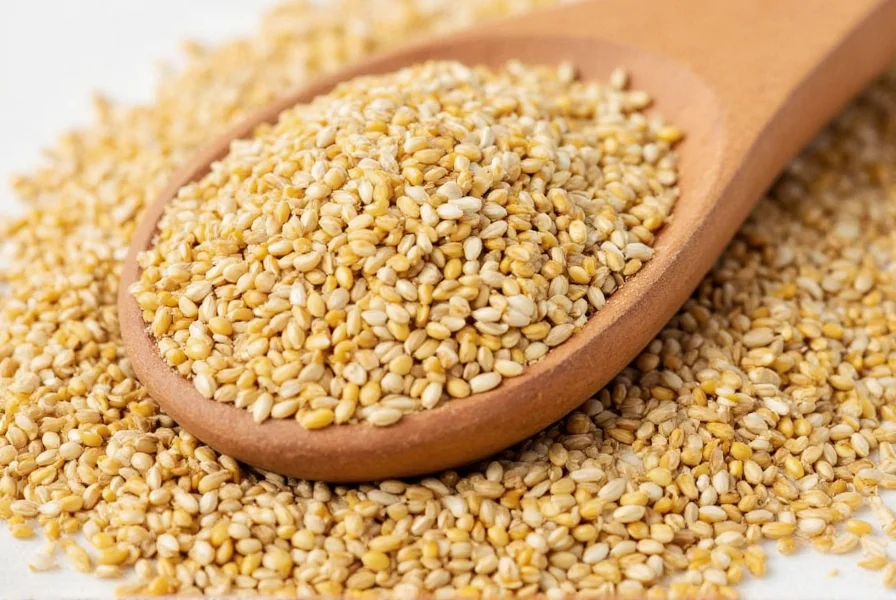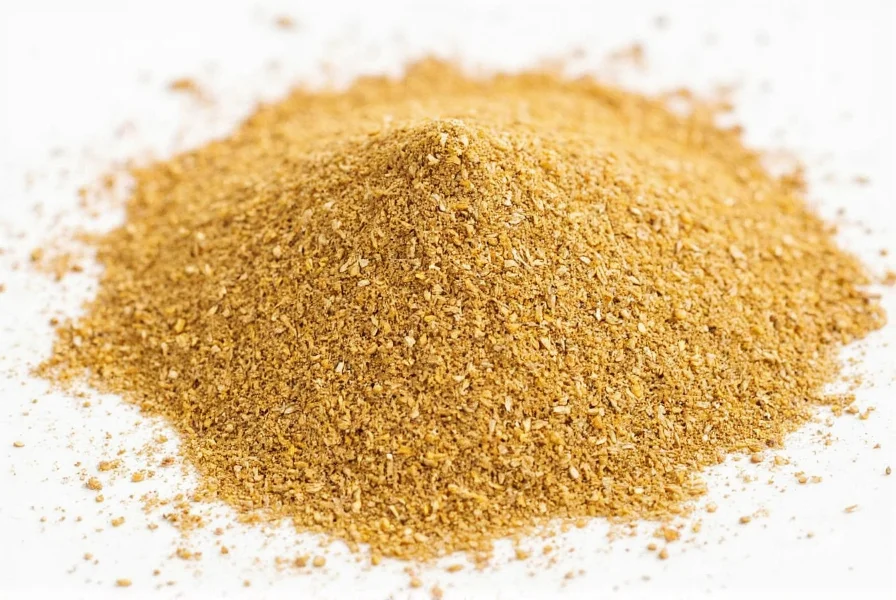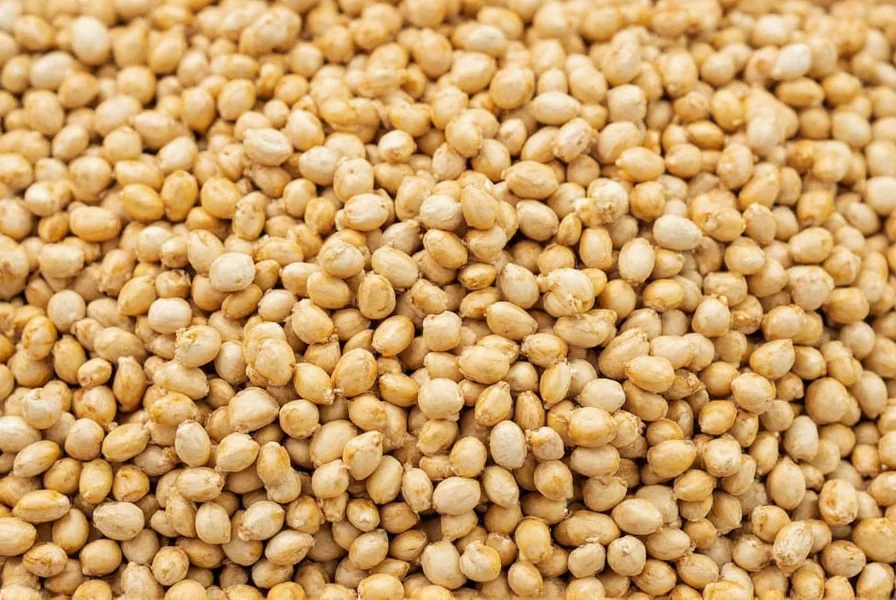Fenugreek seeds, known as methi in Indian cuisine, present a unique challenge when you need a substitute. Their distinctive flavor—bitter yet slightly sweet with maple-like undertones—makes them difficult to replace perfectly. Understanding what makes fenugreek special helps identify the right alternative for your specific recipe.
Understanding Fenugreek Seeds' Flavor Profile
Fenugreek seeds contain sotolon, the same compound that gives maple syrup its characteristic flavor. When raw, they're intensely bitter, but toasting mellows this bitterness while enhancing their complex aroma. In Indian, Middle Eastern, and Ethiopian cuisines, they're essential for dishes like:
- Curries and stews (particularly South Indian sambar)
- Breads like methi thepla
- Spice blends including panch phoron and berbere
- Pickles and chutneys
Top Fenugreek Seeds Substitutes by Culinary Application
Not all substitutes work equally well across different dishes. The best replacement depends on whether you're making:
| Substitute | Best For | Ratio | Flavor Notes |
|---|---|---|---|
| Dried fenugreek leaves (kasuri methi) | Indian curries, breads | 1:1 (crushed) | Closer to fresh fenugreek flavor; less bitter |
| Mustard seeds + fennel seeds | Tempering, spice blends | ½ tsp mustard + ¼ tsp fennel | Provides texture and balanced bitterness |
| Celery seeds | Western dishes, soups | 1:1 | Earthy notes but lacks sweetness |
| Fennel seeds + maple syrup | Sweet applications | 1 tsp fennel + pinch syrup | Mimics sweet-bitter profile effectively |
| Cumin + smoked paprika | Meat dishes, stews | ½ tsp cumin + ¼ tsp paprika | Earthy depth without bitterness |
Substituting in Specific Dishes
For Indian Curries and Sambar
When substituting fenugreek seeds in traditional Indian dishes, crushed dried fenugreek leaves provide the most authentic replacement. Use equal parts crushed leaves to seeds called for in your recipe. If unavailable, combine ½ teaspoon mustard seeds with ¼ teaspoon fennel seeds per teaspoon of fenugreek required. This fenugreek seeds substitute in curry maintains the necessary complexity while providing similar textural elements during tempering.
For Breads and Flatbreads
In recipes like methi thepla where fenugreek seeds are prominent, the mustard-fennel blend works best. For every teaspoon of fenugreek seeds, use ½ teaspoon mustard seeds plus ¼ teaspoon fennel seeds. If making a sweet bread application, the fennel seeds with maple syrup substitute creates a more appropriate flavor profile.
For Ethiopian and Middle Eastern Dishes
In berbere spice mix or similar blends, celery seeds serve as the most practical fenugreek seed replacement ratio. They provide the necessary earthiness without overwhelming bitterness. For dishes requiring fenugreek's distinctive aroma, add a tiny pinch of fenugreek powder if available—just ⅛ teaspoon can make a significant difference.
What NOT to Use as Substitutes
Certain common pantry items create undesirable results when used as fenugreek seed alternatives:
- Poppy seeds—wrong texture and flavor profile
- Coriander seeds—too citrusy, lacks bitterness
- Whole cloves—overpowering and unrelated flavor
- Star anise—too sweet and licorice-forward
These ingredients won't replicate fenugreek's unique characteristics and may alter your dish's intended flavor balance significantly.
Pro Tips for Successful Substitution
When implementing your fenugreek seeds replacement strategy:
- Toast substitutes—just as you would fenugreek seeds, toasting enhances flavor complexity
- Adjust gradually—start with ¾ of the recommended substitute amount, then taste
- Consider the dish's maturity—fenugreek's bitterness mellows with cooking time
- Balance bitterness—add a pinch of sugar if your substitute creates excessive bitterness

Finding Quality Substitutes
When selecting alternatives, prioritize fresh, high-quality spices. Stale substitutes won't provide the necessary flavor impact. For the best fenugreek seed replacement ratio results, purchase small quantities from specialty spice shops or reputable online retailers with high turnover. Proper storage in airtight containers away from light preserves potency for up to six months.

When Substitution Isn't Possible
Some traditional recipes simply require authentic fenugreek seeds for proper flavor development. If you frequently cook dishes calling for fenugreek, consider keeping a small supply on hand. A one-ounce container typically costs $2-3 and lasts months when stored properly. For occasional cooking needs, the mustard-fennel blend provides the most versatile fenugreek seeds substitute for curry and other applications.











 浙公网安备
33010002000092号
浙公网安备
33010002000092号 浙B2-20120091-4
浙B2-20120091-4